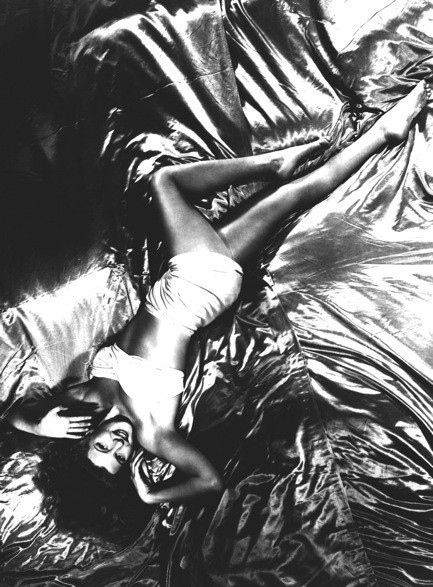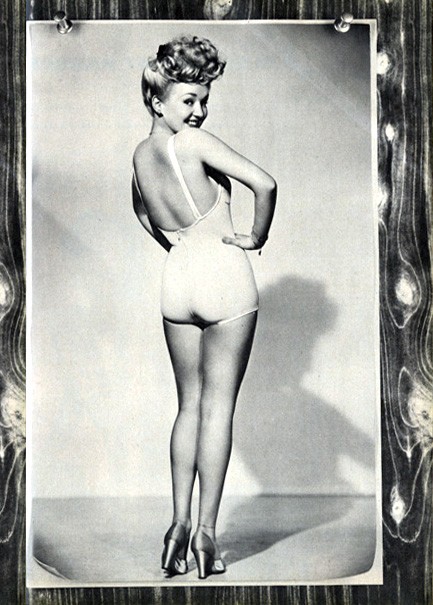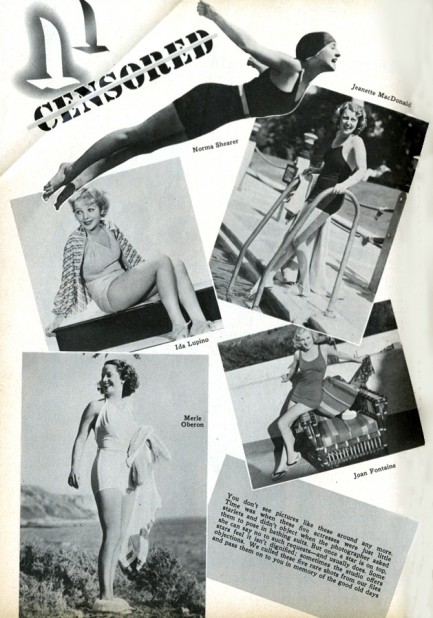| Hollywoodland | Nov 18 2018 |

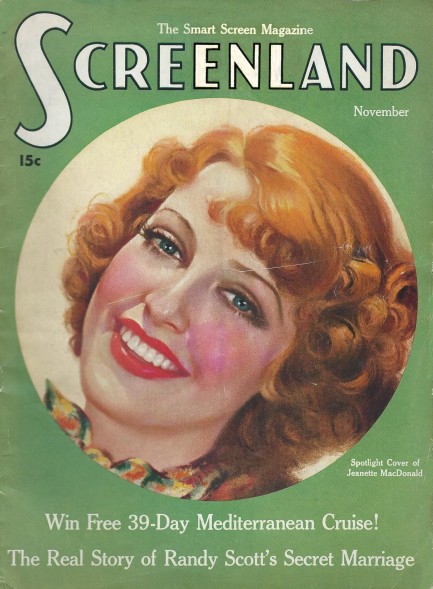
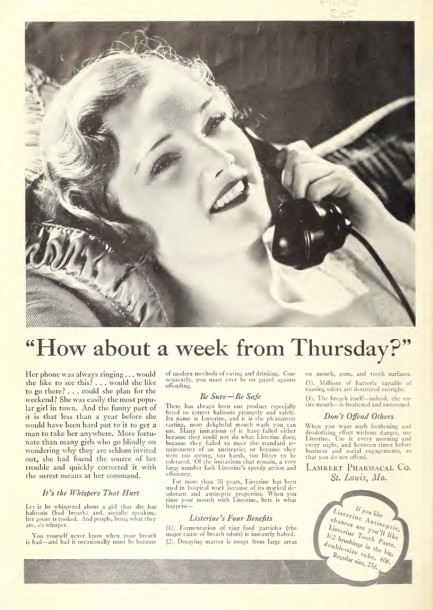
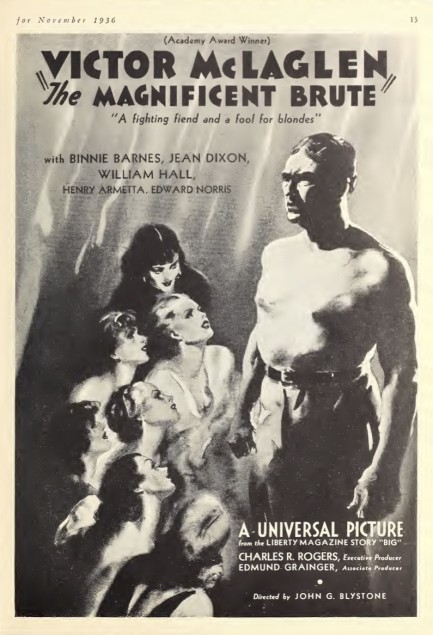
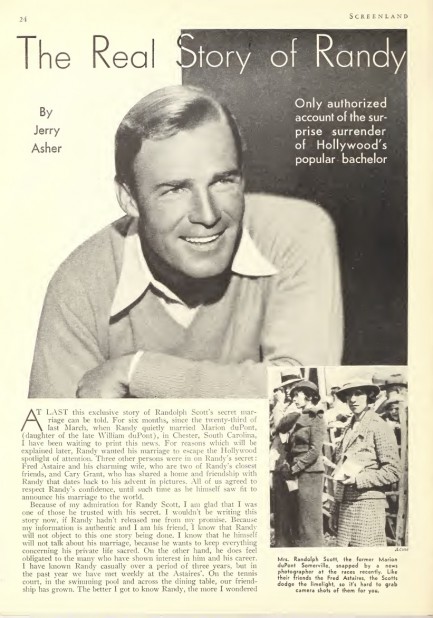
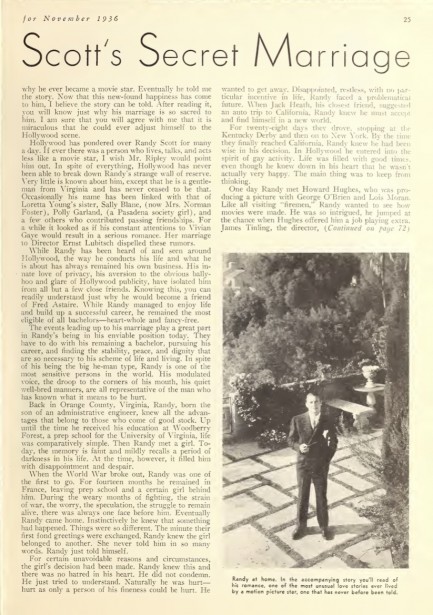
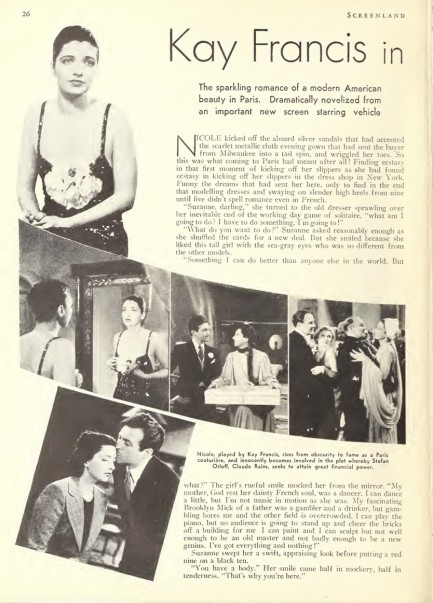
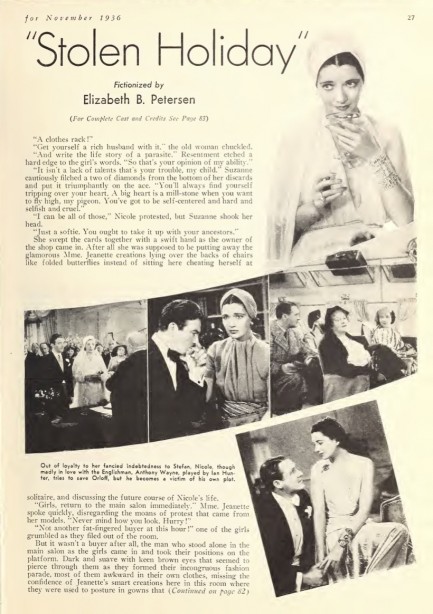
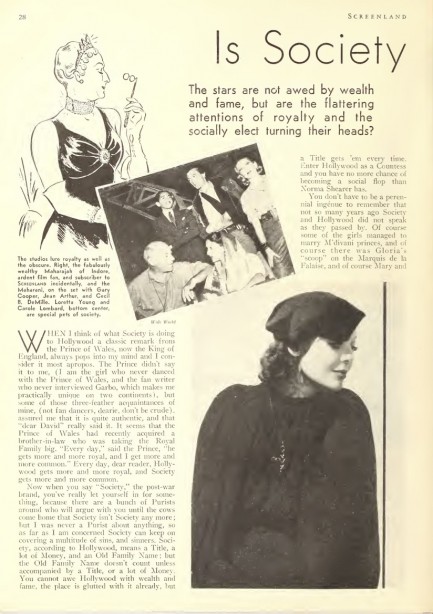
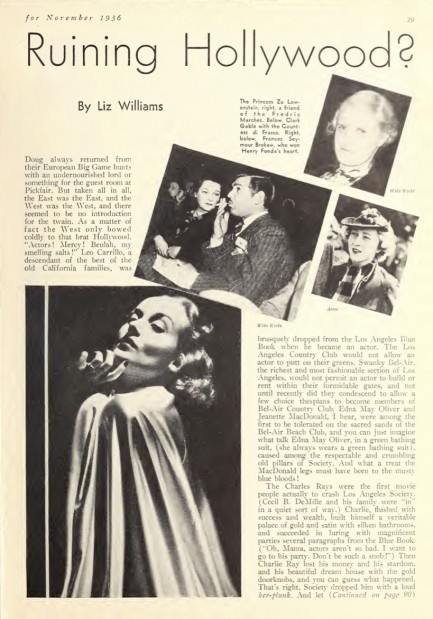
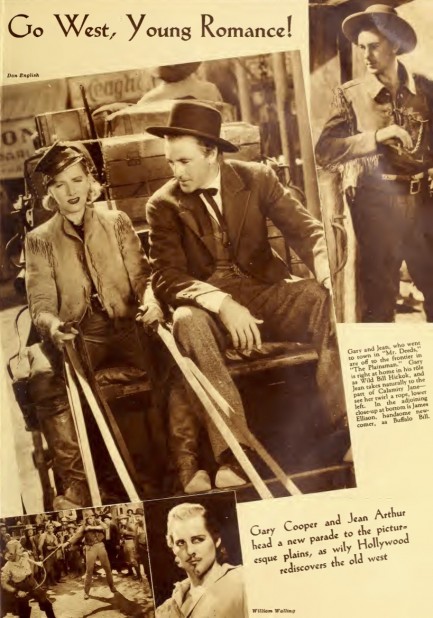
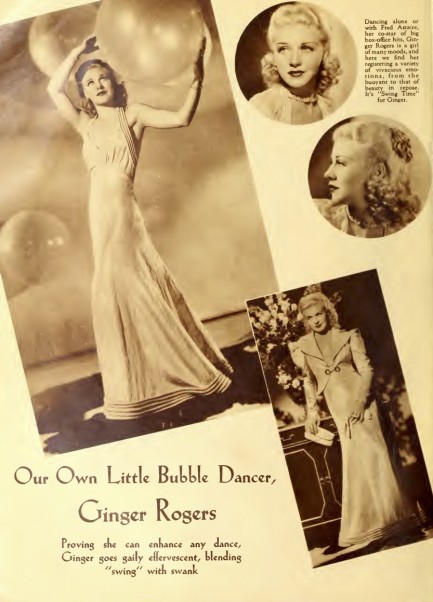
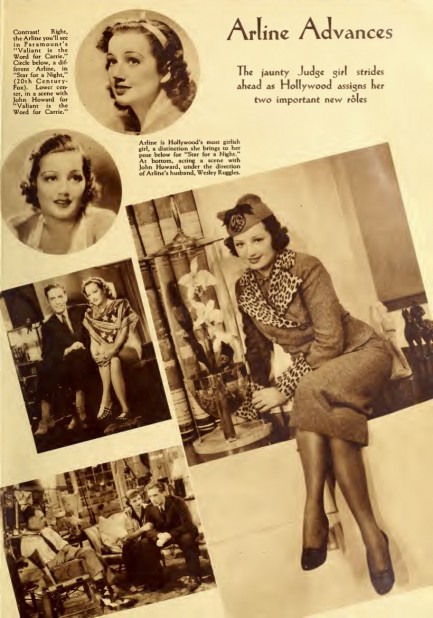
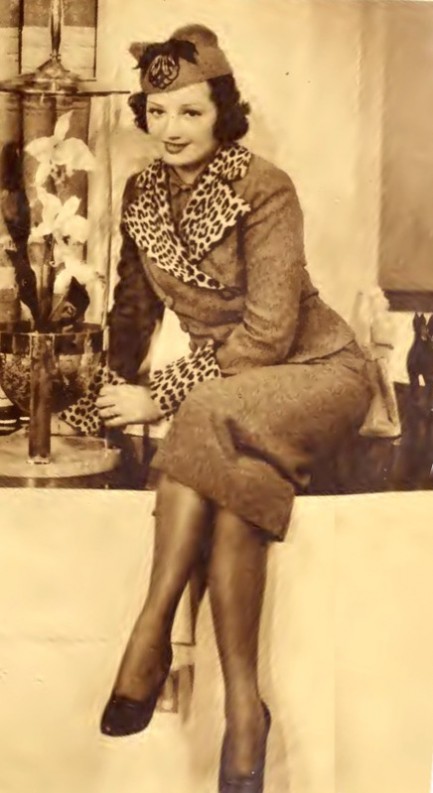
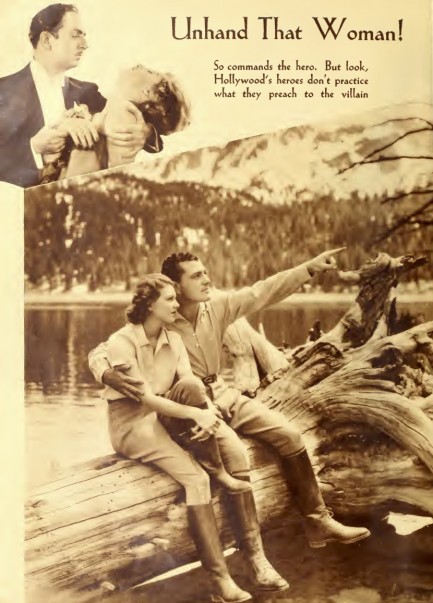
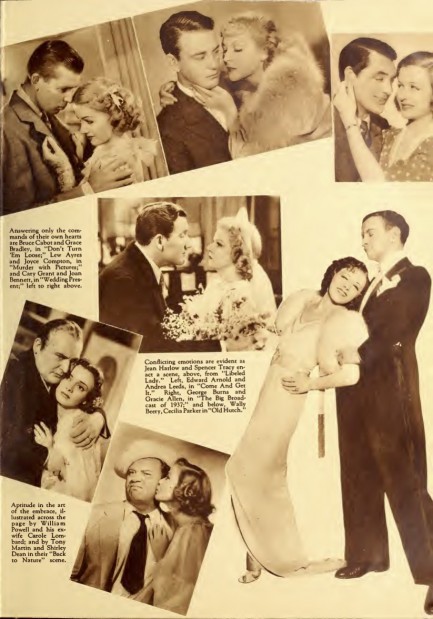

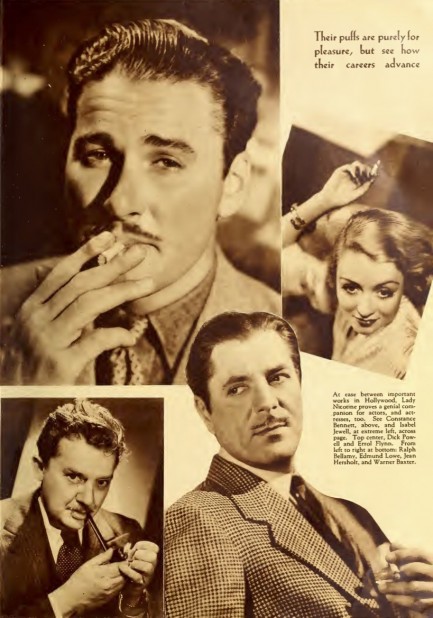
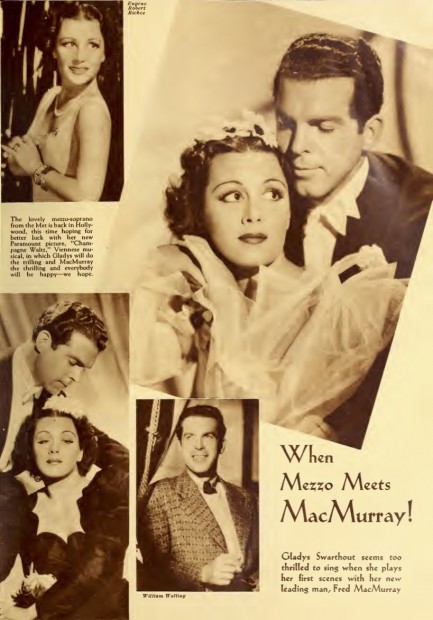
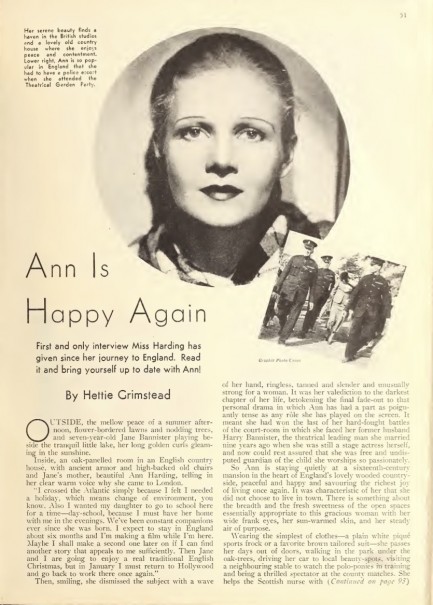
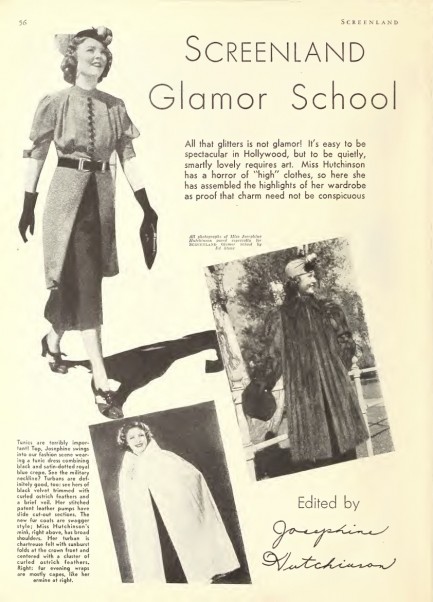
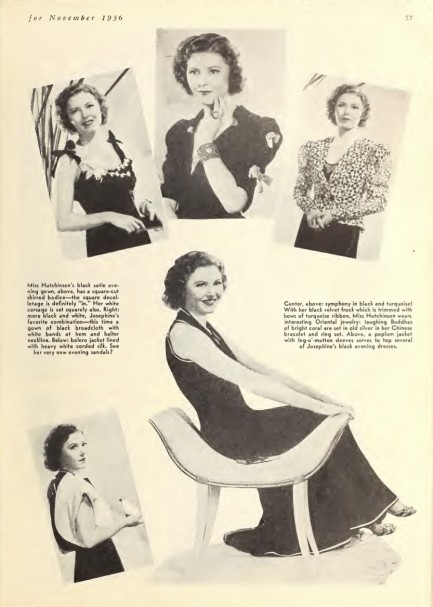
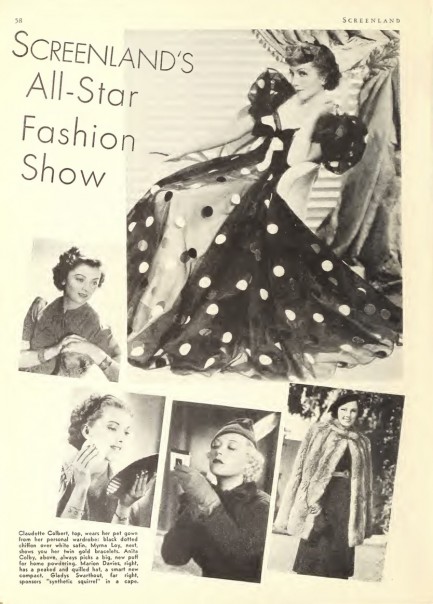
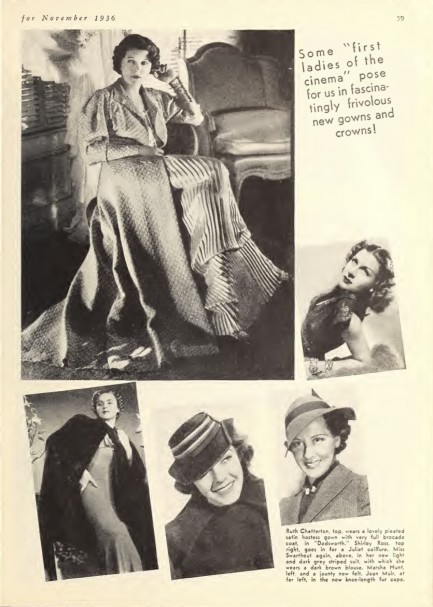
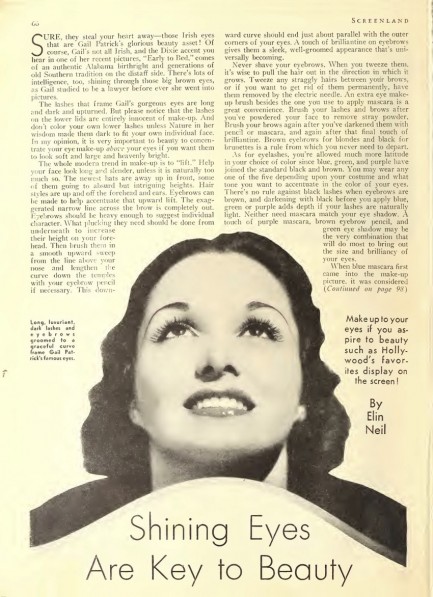
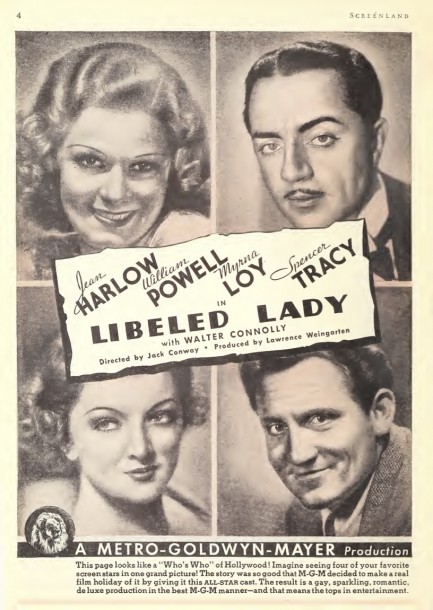
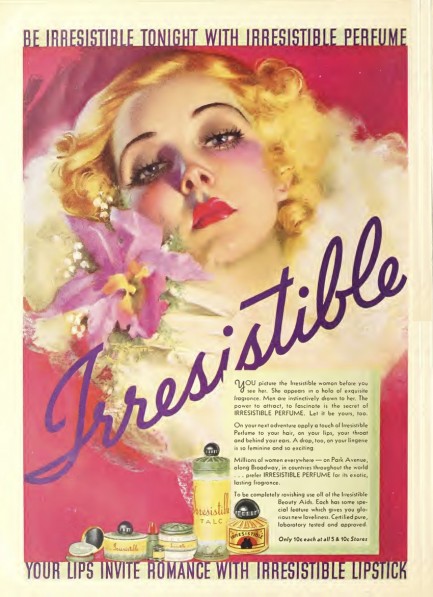
| Vintage Pulp | Jul 4 2011 |

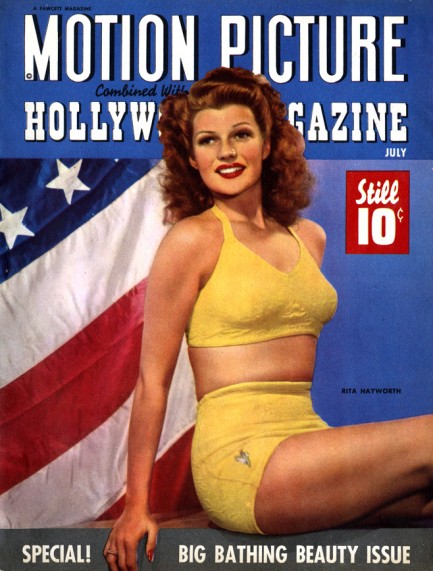
Over in the U.S. this is the day that makes cows tremble in fear—July 4, or Independence Day. Since moving away from the States we’ve had to get used to a whole new set of holidays, and while those events are truly amazing, none of them involve the searing of millions of hamburgers on outdoor grills. In our own way we’re trying to change that by teaching our friends what exactly goes into a great hamburger, but working one friend at a time it may be some years before we really make an impact on the local cuisine. However, we can participate in July 4 in a more immediate way by sharing a couple of images from a July 1943 Motion Picture-Hollywood Magazine of that most beloved of golden age American stars, Rita Hayworth. Other stars inside include Norma Shearer, Jeanette MacDonald and Merle Oberon, and you also get the most famous photo of Betty Grable ever shot. Okay, our work is done. Though we can’t find a decent burger in this corner of the world (yet), we do have a wide beautiful plaza just one block away and on that plaza is a quiet bar with outdoor tables and friendly staff members that keep us well-stocked with ice cold bottles of white wine. That’s going to be the rest of our day. Enjoy the rest of yours.
